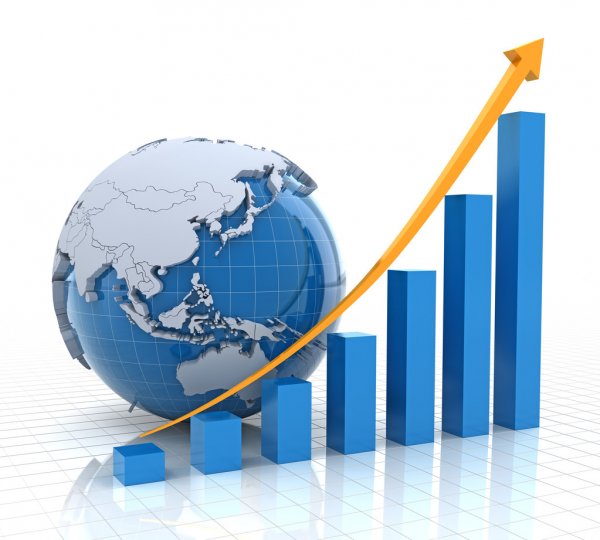
The real estate market is resisting the crisis, and the rise in prices is outstripping the economy.
After more than a year of the pandemic and crisis, house prices not only have not fallen but are already showing signs of growth. Although there is still no official info from Ministerio de Transportes, Movilidad y Agenda Urbana (formerly Ministerio de Fomento) or Instituto Nacional de Estadística, real estate portals are talking about a rapid recovery in demand for housing. Everything indicates that this time the real estate market will not become an intensifier of the crisis, but, on the contrary, can act as a stabilizer supporting the economic recovery.
The differences from 2008 are important.
The differences from 2008 are important. At the time, house prices had been falling for a long period, with growth only evident in 2014-2015, almost a year after the overall economic recovery. And now, after adjusting by 1.8% in 2020 (according to Ministerio de Fomento), the real estate market is starting to wake up while the economy as a whole is still dormant.
This discrepancy in the behavior of the real estate market during the two crises is explained by a long series of factors that create this “surprise” since at the beginning of the pandemic the forecasts were extremely negative.
José Ramón Diez Guijarro, professor at the IE Business School in Madrid, says in his research that the economy has performed better than expected since the start of the pandemic. Fears were caused by the possibility of a sharp deterioration in demand factors (employment, income level, etc.), therefore, a sharp adjustment in activity in the real estate market was expected, and a fall in the value of residential assets could cause a new spiral of recession. But there was a stimulating effect – the transfer of the main work activity to remote work. This is a key difference from the 2008 crisis, a new global trend.
The government’s response.
The government’s response to this crisis has also been very different than in 2008. An unprecedented protection system was deployed (such as ERTE or a mortgage moratorium) that kept income relatively stable and made it easier, for example, to pay off mortgages.
In the past, house prices began to fall sharply when people and companies were approaching a financial “cliff” and were forced to sell real estate, even at prices “for demolition”, due to the need (lack of investment, bankruptcy, loss of livelihood, etc.) … In this crisis in terms of aid and benefits, such a scenario was avoided.
An environment with low interest rates, relatively “cheap” loans and good liquidity (due to the unusual policy of the Central Bank) made housing an attractive investment asset with positive profitability, which makes it a kind of “financial haven” for investors or people looking for an alternative to deposits or other low-paying investments.
When the general economic recovery had not yet begun, the real estate market was already beginning to show clear signs of life. While this seems unusual, in other countries, such as the United States or the Netherlands, house prices have not stopped rising throughout 2020.
Anaís López, director of public relations for Fotocasa, said the real estate market is recovering, especially in the buying and selling segment, and prices (on a general level) are rising. If in 2020 the average value of the fall in the value of secondary real estate was close to -2%, from the end of 2020 the trend began to change upward. And at the moment, the growth in value amounted to + 2.9%. This trend is supported by the growing interest in buying a home. If before the pandemic 39% of the total number of requests on the portal were focused on buying, now this figure is 43%, the number of requests for rent from 49% before the pandemic has dropped to 44% today.
Experts agree that taking into account all economic indicators and the current support policy, the real estate market will play a key and effective role in the recovery of the economy after the current crisis.

